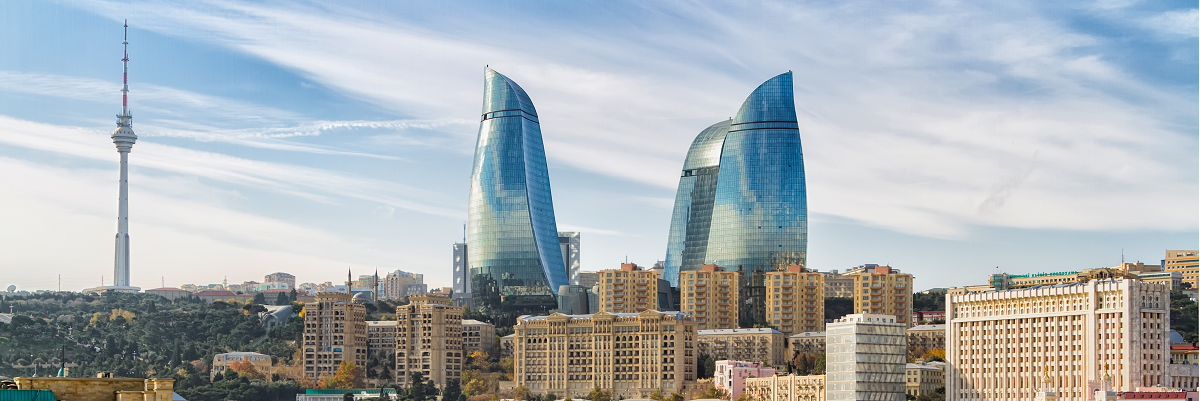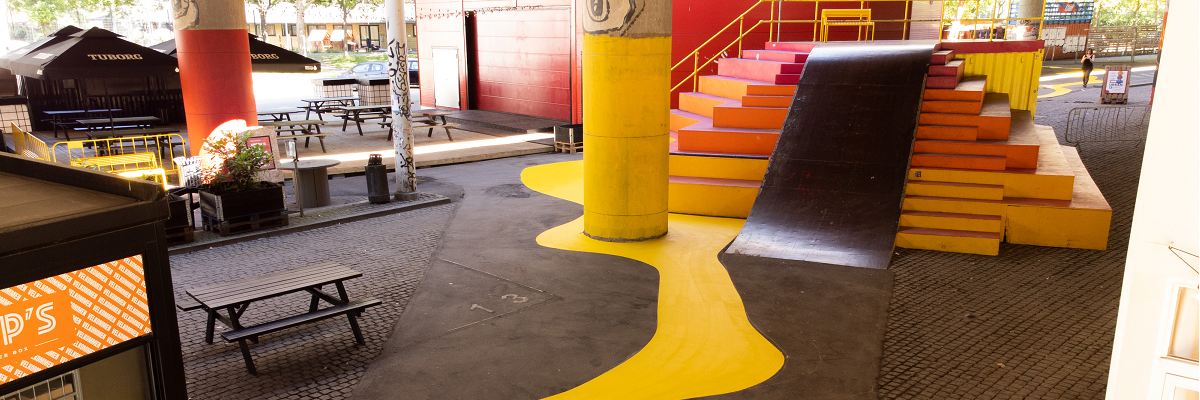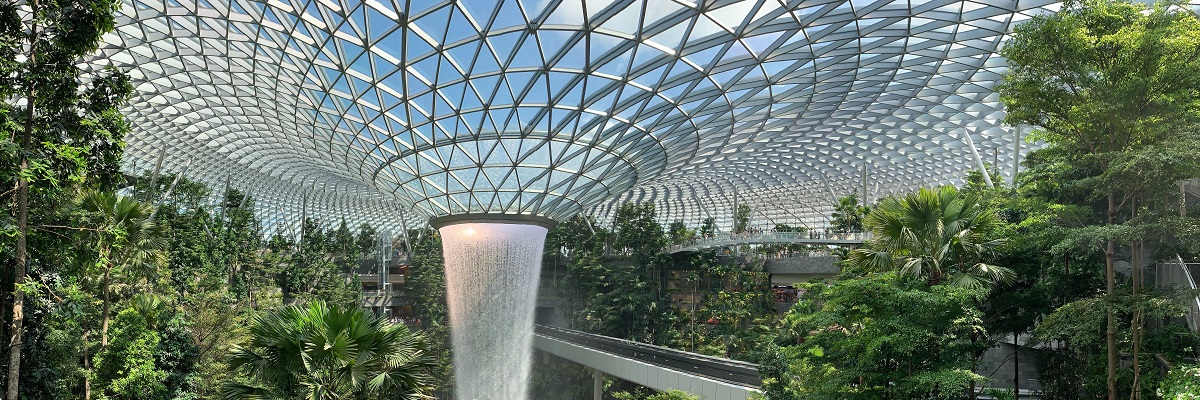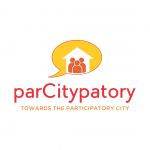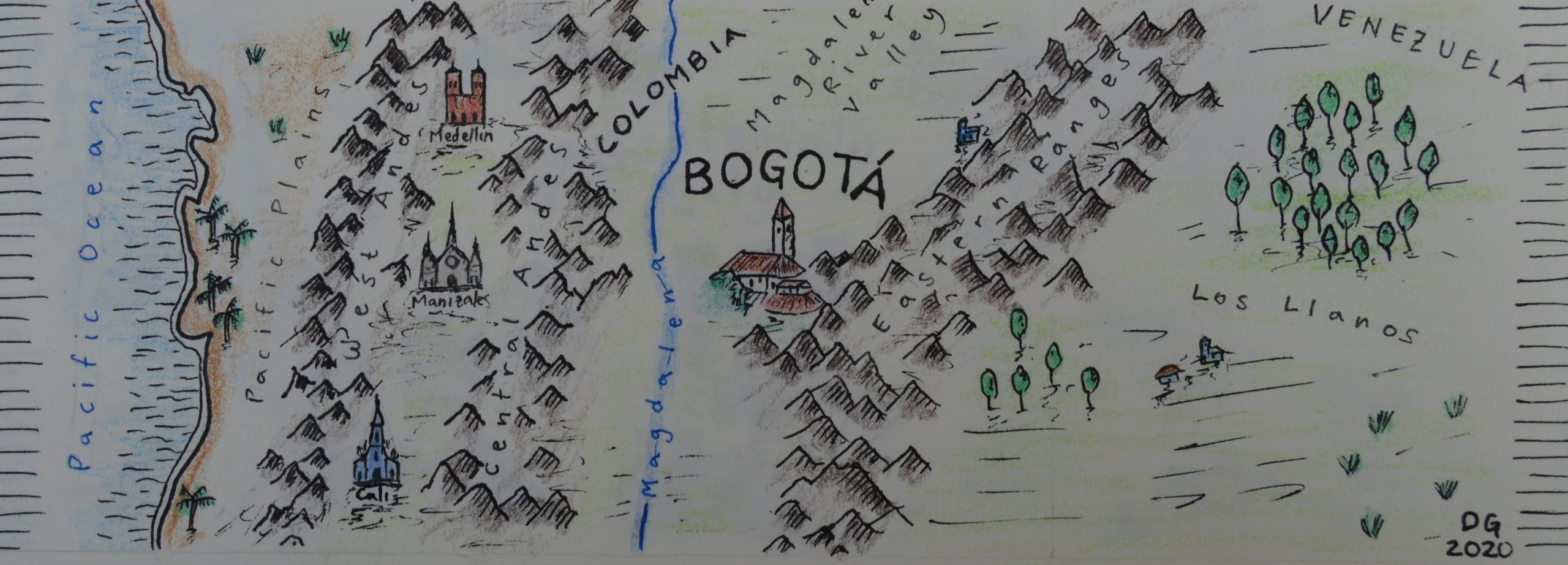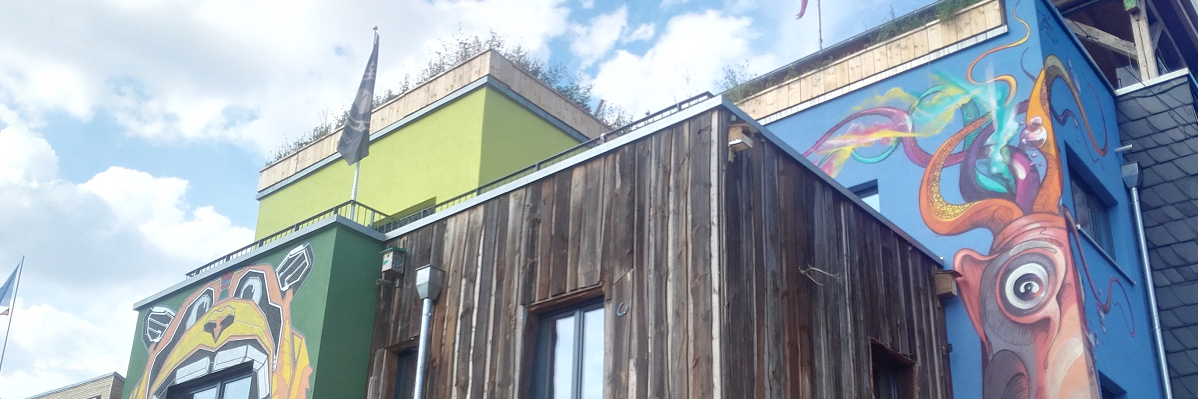Different forms of participation
What is participation? I think we all know the broad concept. But what does community participation mean exactly? And what are the negative or difficult aspects of participation?
In this first article I will try to answer these questions and give you an overview of the concept and different forms of participation. I am mostly talking about community participation in cities as an opportunity for collaborating and for voicing concerns and needs to local authorities.
Let me try to briefly break down these three dimensions of participation before talking about community participation.
- Political participation
This is what most citizens from democracies understand as “participation” – taking part in debates and elections, being informed of political processes and being able to voice their concerns and contributing to change when considered necessary. Political participation is often organised in a vertical structure (top-down governance).
- Economic participation
Economic participation does not only mean having the opportunity to be part of the labour market or be employed, but it also describes the ideal of benefitting from economic activities, such as redistributory payments (think pensions) or infrastructures funded by tax money. In addition, unions or works councils are ways of participating in economic happenings.
- Social participation
Social participation used to focus on the inclusion of disabled persons into society. Today, the term has a broader meaning, though still mainly used in health and social care. Social programmes rely more and more on the input of those they target in order to create efficient measures. In addition to including as many people in the decision-making process as possible, preventing exclusion from social participation has also gained importance. Here, a horizontal understanding of participation is important (bottom-up).
Community participation
Since cities are made up of communities, I have decided to focus on community participation in this article (and in my blog as well). Still, the other forms of participation are equally important and often interconnected with each other.
Governments and local authorities are often slow in responding to the needs of individuals. Bureaucratic procedures, corruption, disinterest and a central organisation make it difficult, especially for less educated people from poor neighbourhoods, to voice their needs and problems. This is where community participation steps in:
Community participation builds on the members of a community as sources of knowledge, energy and commitment. People are taking collective action to address problems and are simultaneously trying to influence political decision-making in their neighbourhood. This means that there are two aspects to community participation:
- Working jointly on immediate goals (e.g. fixing a broken public toilet) in a quick and efficient way with pooled resources; and
- Working jointly on broader goals (e.g. a new sanitation system for the neighbourhood) by collectively demanding changes and improvements from local authorities, thus aiming at achieving justice in decision-making.
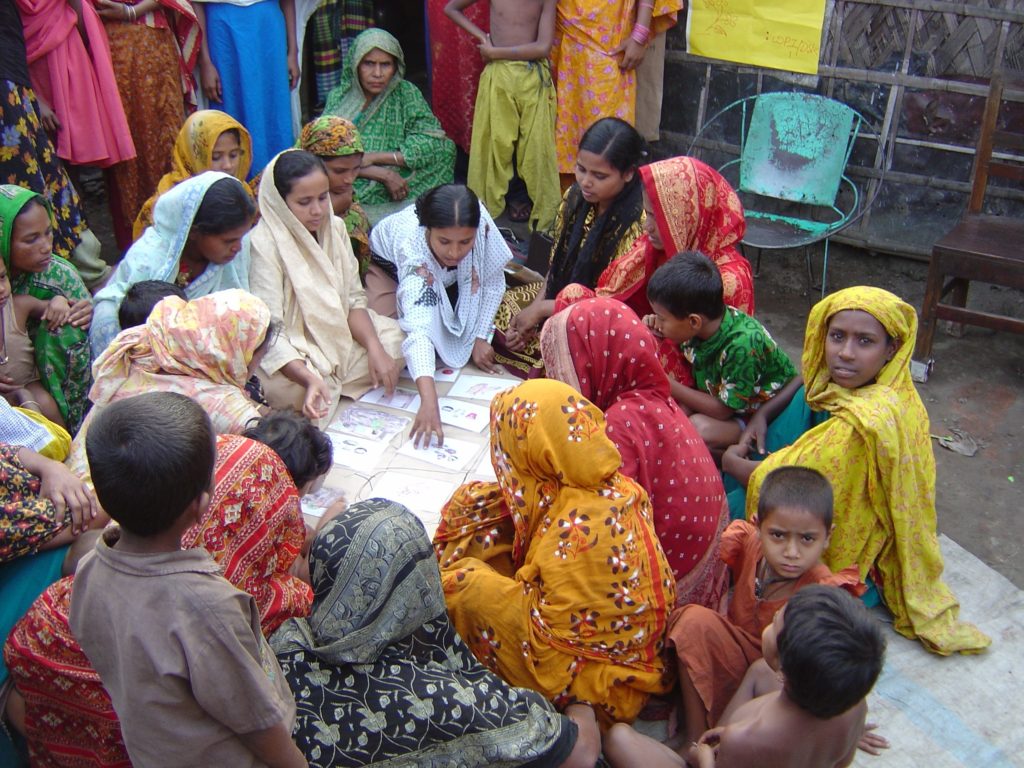
In order to enable community participation, the following are required: a good base of information, a fair amount of education and transparent procedures. One big question is how to organise community meetings or committees and how to find a “leader” or “speaker” for addressing officials and authorities. Also, it is very important to include the whole community (=everybody living in the neighbourhood) in this process of defining common concerns or ideas in order to find solutions. This means empowering disadvantaged people like sick or elderly persons, including women and children and allocating the same amount of power to everybody in debates or elections (social participation).
As you might have guessed, community participation is often a political grassroots process, which aims at using local collective action to effect a change on the local or even a higher level. However, other actors apart from individual community members, such as NGOs, agencies, government representatives or external consultants are often involved in participatory processes in the community.
Community participation is also something that has always been there, even though the term might be relatively new. In villages, it is a natural process and I believe we can learn a lot from “rural community participation”. Of course, cities face very different challenges in community participation, including anonymity, a vague understanding of where a neighbourhood starts and ends, and many different interests and actors. Still, the basic concepts of horizontal participation apply.
So, in order to have a working definition, let’s say that community participation means community members’ direct involvement in their local affairs, working either on immediate or on broader and often political goals.
Examples from Germany and India
Of course, community participation comes in many different forms, depending on the degree of involvement in the neighbourhood, on prevailing interests and on needs.
Let me give you two examples from my own experience:
In Berlin, there is an online neighbourhood connection platform called “nebenan.de”. The organisers invite everybody from a designated neighbourhood or community to register for this website and then use it as the community’s specific platform. My own neighbourhood in Berlin uses this platform to find new friends, give away unused household items, find people who can lend you a tool or to form driving pools. There is no political participation involved, but still it is a means of community participation. People are finding immediate fixes for their problems. Since there are no broader areas of concern, there is no need to lobby for political support (yet). However, this platform might become very useful if the city of Berlin should decide to, say, build a new shopping mail or train line in the neighbourhood and people want to form an opposition.
Last year, I volunteered for the NGO “Katha” in Delhi, India. They have a great women’s community programme and I am hoping to publish an article in the “Voices from (…)” category about the programme soon. Katha teaches school children to read and write by using the story-telling method. They offer after-school tutoring for children who are behind in their reading and writing skills. But Katha also supports the mothers of the school children, who are invited to take part in regular community meetings. Here, they discuss pressing local issues together with social workers from Katha. Their aim is to find a common voice. The women organize themselves into societies to address day to day issues like safe drinking water, health and empowerment. Their aim is to communicate troubling issues to the local authorities (writing letters and lobbying). This is a very political form of community participation and clearly shows how different the needs are in a poor neighbourhood in Delhi compared to a rather affluent community in Berlin.
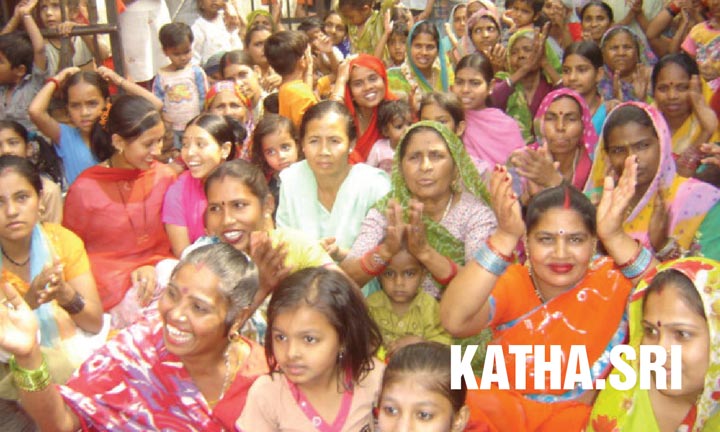
Obstacles to community participation
Despite all the positive effects that community participation can have on everyday life as well as on a community’s long term goals, there are many internal and external obstacles to participation. Internal obstacles could be conflicts of interest groups, the role of local elites and, sadly, a lack of public interest. (“Sadly” because I consider the opportunity to participate as a privilege and even as a duty.)
External obstacles include government policies, selective participation by agencies and illegitimate interests of external actors, to name a few.
This only brings up more questions: How to achieve participation in spite of all the obstacles? Who should or can initiative a participatory process? And is participation even wanted in every case? I don’t know if anybody knows how to answer all these questions. However, I do hope that my blog can contribute to at least illustrating the very different participatory methods there are all over the world. You can find some of the methods in these articles.
Conclusion: Towards Participatory Communities
Even considering the many obstacles to community participation, it is still an essential process and a great privilege for creating empowered neighbourhoods. In cities, community participation is an especially big challenge, but the countless participatory initiatives and projects all over the world show the high demand for participatory approaches.
Especially poor urban environments heavily rely on the strength of the community. Where the government is not present, problems are often solved in an informal manner with the help of friends or neighbours. In order to make their voice heard, people organise in committees and other groups to collectively address politicians and achieve a community’s goals.
Since this blog focuses on participation in cities in order to improve liveability, you can find articles on the details of participatory urban planning and its methods as well as participatory upgrading attempts, especially of poor urban areas. I intend for this blog to be one platform or “tool” for community participation. Please share your thoughts and ideas in the comment section below and don’t hesitate to contact me (laura@parcitypatory.org).


